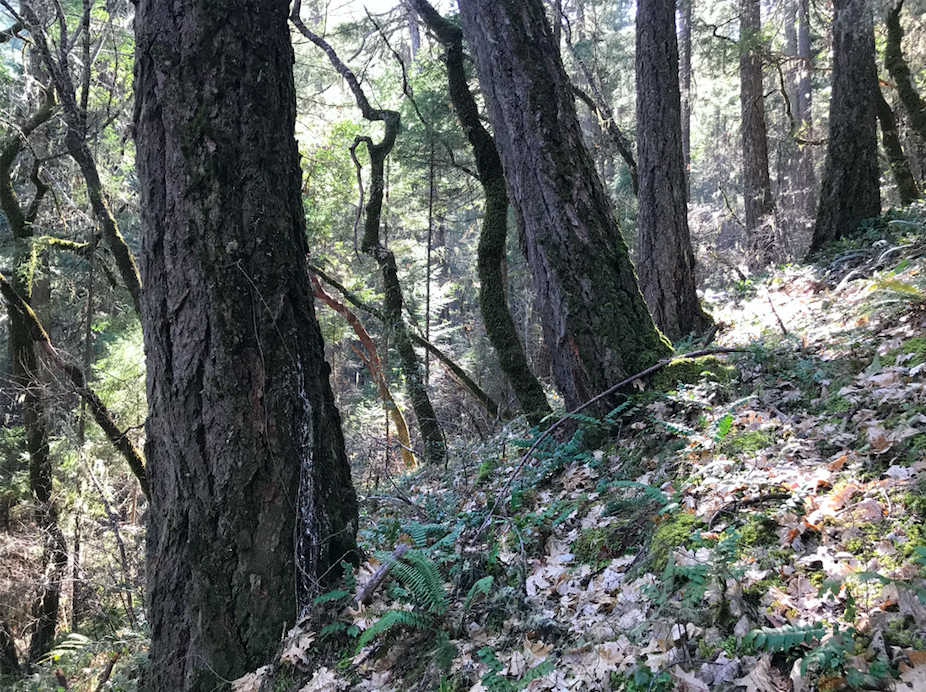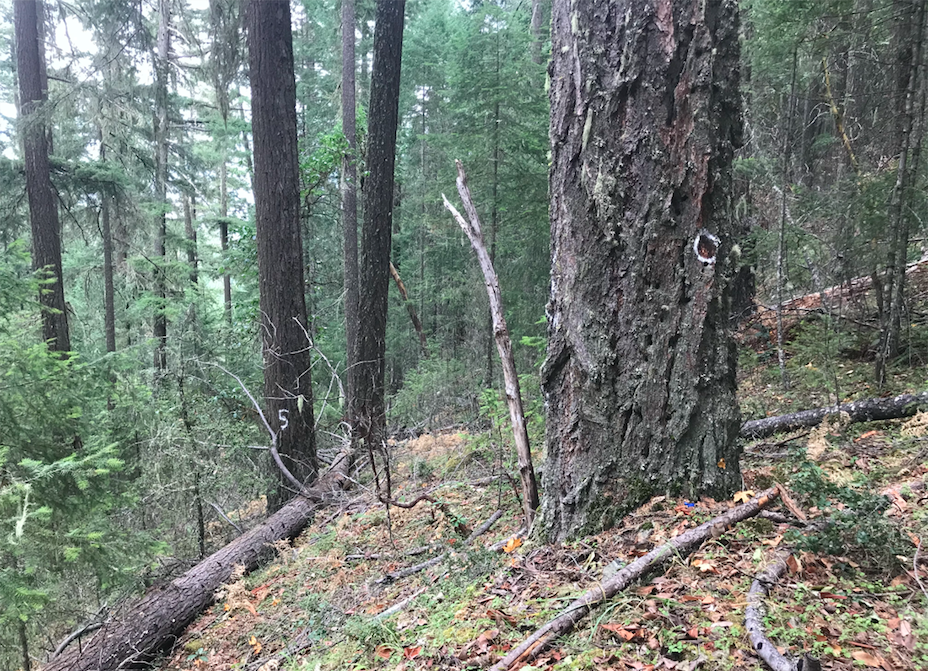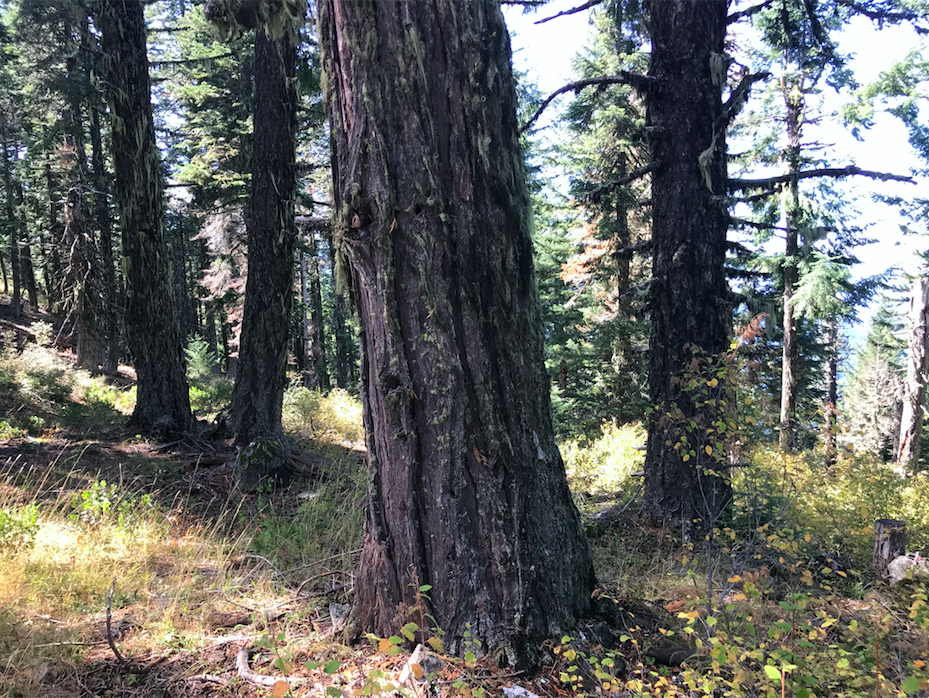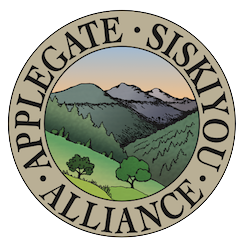
The National Environmental Policy Act (NEPA) is one of our nation’s most important environmental laws, and has successfully been used for decades to infuse the public interest into the public land management process. NEPA encourages public accountability, scientific rigor and collaboration. It requires federal land managers to solicit public input, consider public comments, disclose the impacts of proposed management activities, analyze the cumulative effects and conduct a detailed, site specific scientific review for all major land management activities.
NEPA has consistently made federal land management projects more thoughtful, innovative, environmentally responsible, scientifically credible and socially acceptable. Yet, under the direction of the Trump administration, many government agencies are being pressured to streamline the NEPA process, eliminate meaningful public comment and reduce scientific review for land management projects. The goal is to eliminate public involvement, expedite resource extraction, reduce regulation, and promote industrial land management activities on public lands.
Integrated Vegetation Management for Resilient Lands Programmatic EA

Locally, the Medford District BLM is implementing these policies through the innocuously named Integrated Vegetation Management for Resilient Lands Project (IVM). Although the project purposefully sounds benign, terms like “integrated vegetation management” and in this case, “resilience,” are euphemisms for commercial logging and serve only to mask the impacts and objectives of timber management with misleading language.
Under the IVM Project, the BLM has proposed to allow up to 4,000 acres of commercial logging and 10 miles of new road construction per year. This would include up to 25,000 acres of commercial logging and 90 miles of new road construction over a ten year period. These provisions would apply to the entire Medford District BLM, with the exception of the Cascade-Siskiyou National Monument and Wilderness Areas on BLM land. According to the BLM these authorizations would have “no sunset” date and could theoretically be used to build hundreds of miles of new roads and to log many tens of thousands of acres.
Unfortunately, the IVM Project also focuses these commercial logging and road building activities in Late Successional Reserve forests intended to protect old forest habitat for the Northern spotted owl, Areas of Critical Environmental Concern (ACEC), Research Natural Areas and other areas outside the BLM’s “harvest land base,” and reserved for conservation purposes.

To make matters worse, the BLM has proposed a programmatic planning approach, meaning that the agency will not be implementing existing public involvement or scientific analysis requirements for future timber sale and road building activities “tiered” to (agency-speak for tied to) the IVM Project. This would allow the agency to avoid both scientific and public scrutiny, while implementing industrial logging projects on public lands.
The BLM is working to remove both the public involvement process and public accountability in federal land management planning, while reducing or eliminating scientific analysis. The goal is to increase timber production on public lands, not to “restore resilience” as the BLM might suggest. Applegate Neighborhood Network strongly opposes this approach and believes we should keep the public in public lands.
Late Mungers Project

Although not currently approved or even scientifically analyzed, the BLM is assuming that they will be authorizing and implementing the IVM Project and has begun planning projects tiered to the still unauthorized provisions of the IVM.
The BLM has announced that one of the first projects to be implemented under the IVM framework will be the Late Mungers Project. Located in a large Late Successional Reserve (LSR) designated to protect important habitat for the Northern spotted owl, these forests sprawl across the ridges between Williams, Selma and Murphy, and are important for connectivity within the LSR network.
The area contains a patchwork of logged off plantation stands, lush, old-growth conifer forests, and unique habitats shaped by the region’s unusual serpentine soils. Although portions of the LSR have been heavily logged, other portions contain beautiful uncut forest habitats that create important habitat for species such as the Northern spotted owl, as well as its prey base, red tree voles and flying squirrels. Far ranging carnivores such as the Pacific fisher, cougar, bobcat, and black bear inhabit the area, along with goshawk, large populations of black-tailed deer, and a multitude of other wildlife species.
Currently little information is available about the Late Mungers Project, but a draft map has been released showing significant commercial logging units in old forest habitats on Mungers Butte, Powell Creek, Murphy Creek, Mungers Creek and numerous smaller tributary streams in the Williams Creek and Applegate River Watershed.

A Community Alternative
Because backcountry native forest logging does nothing to make our communities more fire safe and can create impacts to the health of our forests, Applegate Neighborhood Network, Klamath Forest Alliance, and the Williams Community Forest Project have designed and supported the Plantation Stand Alternative as a proposed action alternative for the IVM Project. This proposal would implement non-commercial fuel reduction thinning and prescribed fire within ¼ mile of communities and in plantation stands under 60 years old. This alternative would encourage the BLM to focus its limited resources closest to communities at risk or in the areas with the most altered forest stands and the highest need for habitat rehabilitation.
For analysis purposes we are defining “communities at risk” as rural residential communities or neighborhoods and incorporated towns with adjacent BLM lands. Non-commercial fuel reduction thinning and prescribed fire should be utilized in areas within a ¼ mile of private property boundaries in areas zoned for residential use.

Finally, we believe that all projects proposed in the Plantation Stand Alternative should be vetted with a public comment period and a written document with some level of public disclosure, cumulative effects analysis and scientific review.
In the Plantation Stand Alternative we also propose that projects including commercial logging, widespread fuel reduction away from communities at risk, or located in LSR forest, Areas of Critical Environmental Concern, National Monuments, Riparian Reserves and other “District Defined Reserves,” should undergo a full NEPA analysis to ensure that the resources targeted for protection are maintained, preserved, or restored to their former abundance. This should include public comment periods and an Environmental Assessment or Environmental Impact Statement, as is currently required and these projects should not be authorized under the IVM Programmatic EA.
The authorizations proposed in the Plantation Stand Alternative should last ten years and should include rigorous monitoring to ensure the IVM Project actually increases community fire resilience and forest resilience. Following this ten year period, adaptive management should occur, altering forest prescriptions based on regional appropriate monitoring results.
Take Action
The BLM has recently announced that an Environmental Assessment for the IVM Project will be out in “late spring/early summer,” followed by a public comment period. The BLM has also announced that the Scoping Notice for the Late Mungers Project will be released this summer, officially putting the forests of the Late Mungers Planning Area at risk. Although we will need help during these important public comment periods, we also need folks to send letters to both their elected officials and BLM land managers now, asking that they keep the public in public lands and responsibly manage our public forest lands.

IVM Talking Points:
- The level of timber harvest and new road construction currently proposed in the IVM Project is unacceptable and will damage fire resilience, wildlife habitat, community fire safety, and many other public land values.
- The current focus in the IVM Project on creating timber harvest outputs in Late Successional Reserve forest, Areas of Critical Environmental Concern and other conservation based land management areas is inappropriate and inconsistent with land management direction in these important land use designations.
- It is important to maintain current levels of public involvement and NEPA analysis for commercial timber sales, commercial stewardship projects, and large scale fuel reduction projects on Medford District BLM lands.
- The IVM Project should not be used to log conservation areas outside the “harvest land base” without scientific review or public comment. The focus should instead be placed on treating those areas on the landscape with the highest potential to encourage community fire safety and in the habitats most in need of rehabilitation (e.g. tree plantations).
- Limit the scope of the IVM Programmatic EA to the proposed Plantation Stand Alternative, focusing limited resources on community fire protection (within ¼ mile of communities at risk) and in plantation stands under 60 years of age. This will address those areas most in need of treatment from both an ecosystem health and wildfire perspective.
- Either cancel the Late Munger Project or focus the project entirely on non-commercial community fire protection measures around the communities of Murphy and Williams and/or in plantation stands under 60 years of age.
Send letters to the following public officials:
Medford District BLM, District Manager: Elizabeth Burghard
eburghar@blm.gov
Grants Pass Resource Area, Field Manager: William Dean
wdean@blm.gov
Senator Merkley’s SW Oregon Office: Amy Amrhein
Amy_Amrhein@merkley.senate.gov
Senator Wyden’s SW Oregon Office: Molly McCarthy
Molly_McCarthy@wyden.senate.gov


Old growth forests are essential to combat forest loss due to fires. Old growth trees fare well in forest fires that are properly maintained by fuel reduction of underbrush and pole trees. This enables firefighters to safely and effectively put out fires.
These old forest are essential to wildlife, water quality and a cleaner source of oxygen.
If these old growth forests are removed we will not live to see them restored and wii cause the extinction of many species of wildlife.